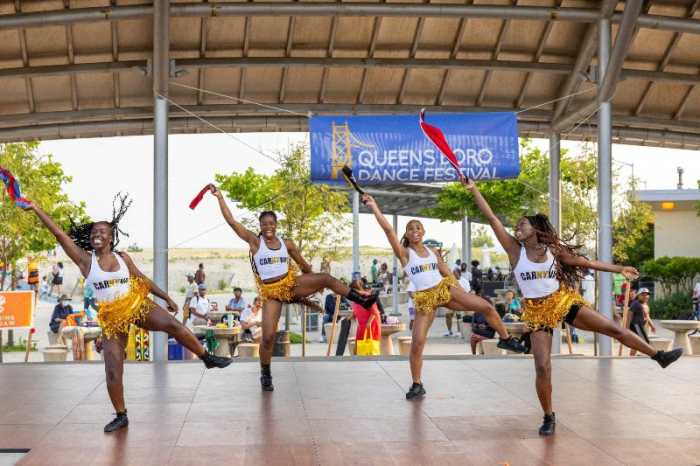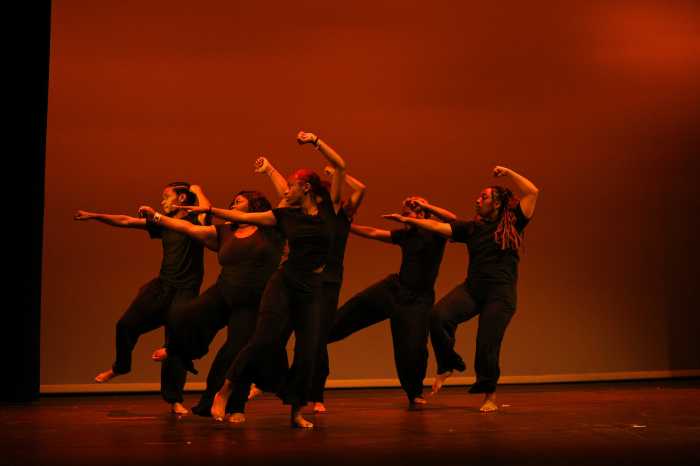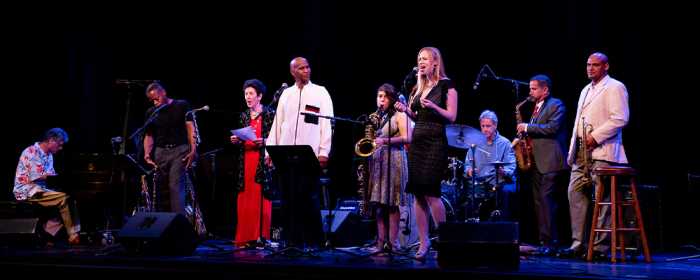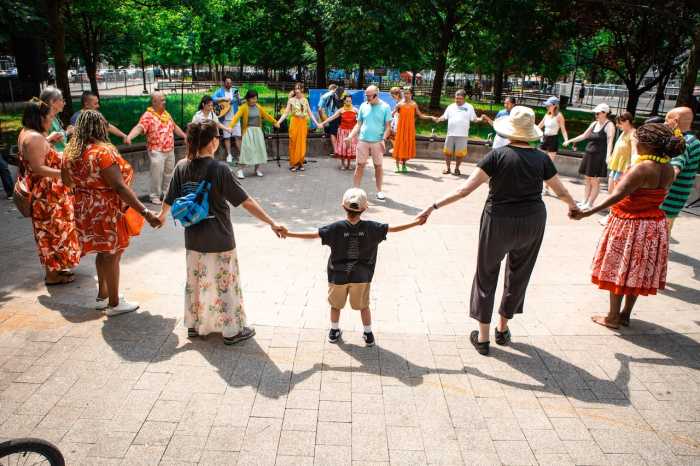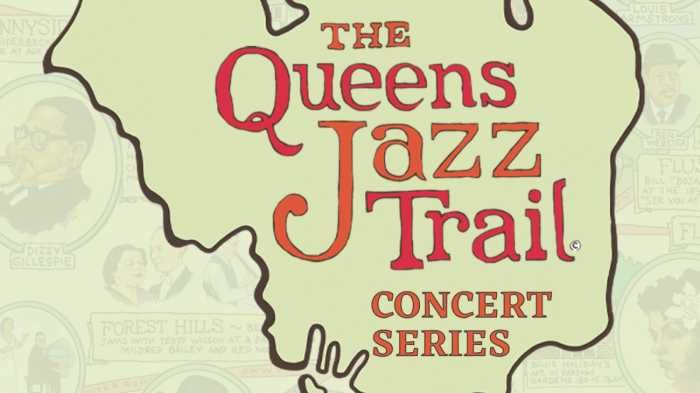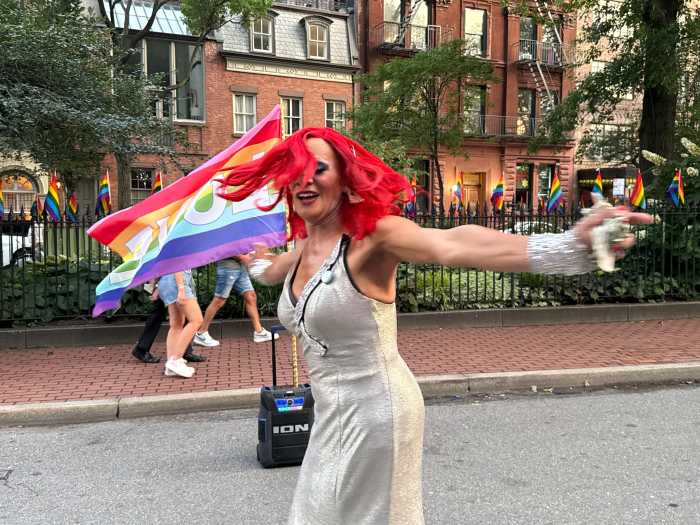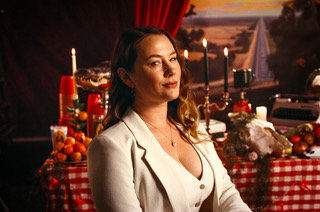Bushwick Kids Learn Writing, Eco-Awareness
This past weekend, 10 student/playwrights from P.S. 123 in Bushwick saw their work come to life during the third annual Big Green Theater event at The Bushwick Starr.

Nine fantastical episodes about everything from kung-fu-fighting hurricanes to alien visitations were weaved into a narrative about a family caught in their home during Hurricane
Sandy in this one-act production written by fifth-graders and performed by a professional theater ensemble.
The Big Green Theater is a community based afterschool program that brings public school students together with environmental scientists and theater professionals. From January to April, kids learned about environmental issues and wrote topical plays while receiving mentoring.

This year’s skits touched on topical events like the post-Sandy gas cri- sis and the City’s mass transit shutdown, simultaneously infusing a magical, comical element that could only be the product of a child’s imagination- one minute you’re watching a family deal with being homebound amid a storm, the next there’s anthropomorphic hurricanes; jealous vaudevillians; and a scene that had the entire cast singing and dancing to Jay Z’s “Empire State of Mind.”
It was like watching live-action Saturday morning cartoons.
Raydiris Serrata, one of the writers from P.S. 123, said she and her classmates each came up with skits, then the workshopped the ideas with other students in the group. The play’s final scene was a collaborative effort from all 10 students.
Modesto Flacko Jimenez has been involved with Big Green Theater since it started three years ago. He said he was inspired by how students took ownership of the project.
Jimenez talked about his experience working with P.S. 123 stuing dent/writer Jacob Ramirez.
“He’ll tell you straight up: ‘Naw, I’m not going to write it unless we have this, this and that,'” Jimenez said, admiring the student’s steadfast vision.
He said the ensemble strived to make the program “all about the kids.”
Serrata primarily wrote “Fighting and Fracking to the Death,” in which three roommates learn the potential dangers hydraulic fracturing-a method of natural gas extraction also called “fracking.” After natural gas leaks into the water supply, one roommate tries to take a relaxing shower, but accidentally blows up the bathroom when a scented candle ignites gas-tainted water.
Serrata said the lessons the program taught her about air pollution were some of her favorites. But, with so many ideas, it was sometimes tough to integrate environmental lessons into the stories, she said.
Still, the children demonstrated a knack they probably didn’t realize they had, said Jeremy Pickard, who directed the play and organizes Big Green Theater.
The plays touched on grave global issues while retaining a youthful optimism.
Amid the play’s explosions, hurricanes and nuclear meltdowns, compromise and understanding accrued, rather than a body count. Even during a Teenage Mutant Ninja Turtlethemed skit, a martial arts throwdown quickly de-escalated into a conversation and resolved into an understanding between the turtles and their pollution-loving, long-time antagonist Shredder.
Flor De Liz Perez, a New Yorkbased actress, played one of the family’s daughters-as well as Bart Simpson, a mummy, a cow-milking farm kid and a Dominican chef named El Carnal.
She said exploring so many rolls was a highlight for her.
Before rehearsals began, Perez also helped the kids with rewrites after the initial reading.
“I loved this project,” she said.
The cast and crew mentored the fifth graders for three months starting in January, said Noel Allain, the Bushwick Starr Theater’s co-founder and artistic director.
The production crew met with students twice a week for 3 months, he said. During the first day, college professors and other experts would talk to the children about environmental issues-on the second day, the kids worked on their plays, he added.
“We don’t tweak any of their writing at all,” said Sue Kessler, The Bushwick Starr’s co-founder and executive director.
Pickard said they did push students to include aspects of their cultural background-touches like Merengue dancing and bi-lingual conversations were a nod to the neighborhood’s Dominican heritage.
After the scripts were written, the production company had one month to build the set and props, make costumes, stage the play and rehearse.
Keeping with the Big Green Theater’s mission to spread environmental awareness, the set, props and costumes were fashioned from recycled or repurposed goods, said Pickard, who also founded the green theater collective Superhero Clubhouse. All the lighting is high-efficiency, and The Bushwick Starr recently became a carbon neutral operation, he said.
Big Green Theater’s roots
The Big Green Theater program began as a way to give back to the community, Kessler said.
Members of The Bushwick Starr attended community board meetings and talked to residents to find out how it could fulfill a need in the community. She said they passed around surveys at neighborhood events, too.
“We wanted to find out what we could do that was missing,” she said.
The two needs she said they saw: A need for arts-based afterschool programming and a need for environmental education.
The neighborhood’s proximity to industrial zones and a dearth of recycling programs in the area created a special need for environmental education, she said.
The theater borrowed the program’s model from the 52nd Street Project, which also produces plays written by public school students, according to Kessler.
Pickard said the kids don’t see how the play will be staged until the opening show. In the future, he wants to teach kids about staging plays and set design, but the program needs more resources, he said.
“We feel strongly about the student teacher ratio, so we wanted to make sure that there’s a certain amount of adults in the room for every session,” Kessler said. “The school wants us to do more classes, the kids want us to do more classes, but we have to wait until we’re at a point where we can support that kind of growth.”
The Big Green Theater is funded by grants from the Puffin Foundation, the NYC Department of Cultural Affairs and Council Member Stephen Levin, who represents Williamsburg.
Kessler said that Bushwick’s council representative, Diane Reyna, came to the play’s Apr. 27 matinee and said she will work to help the theater secure more grants and perhaps some City Council funding.
Whether the program grows or continues at its current pace, its having an impact in the community, said Jimenez.
“You can’t ask for anything better than to have Bushwick resident kids-that usually won’t get this at all, from anywhere-actually writing this and then seeing their work,” Jimenez said. “From now on, they are playwrights.”


